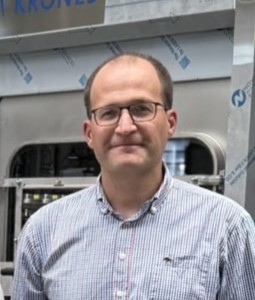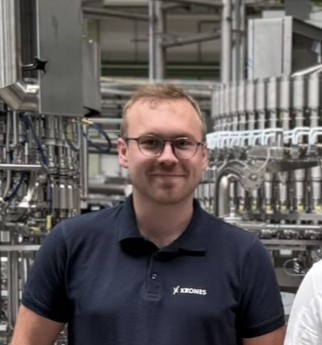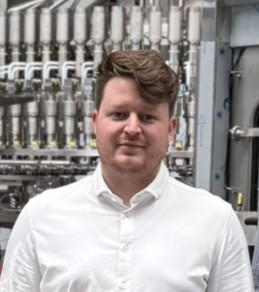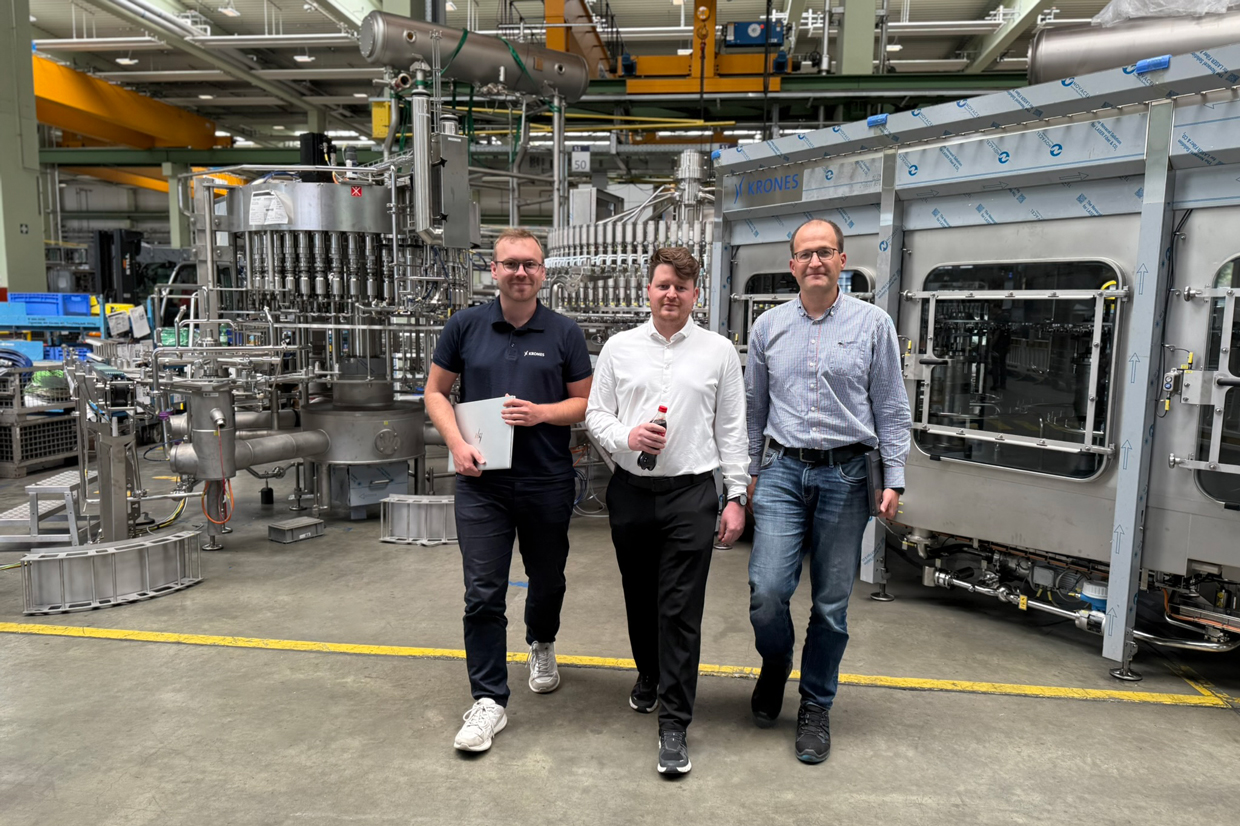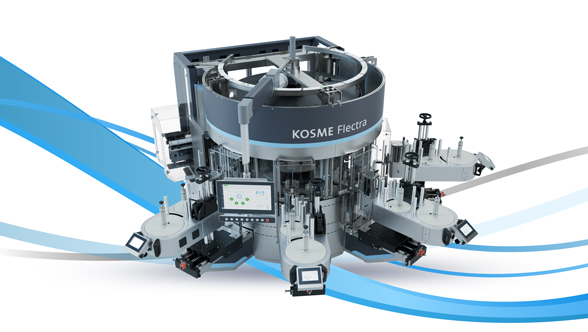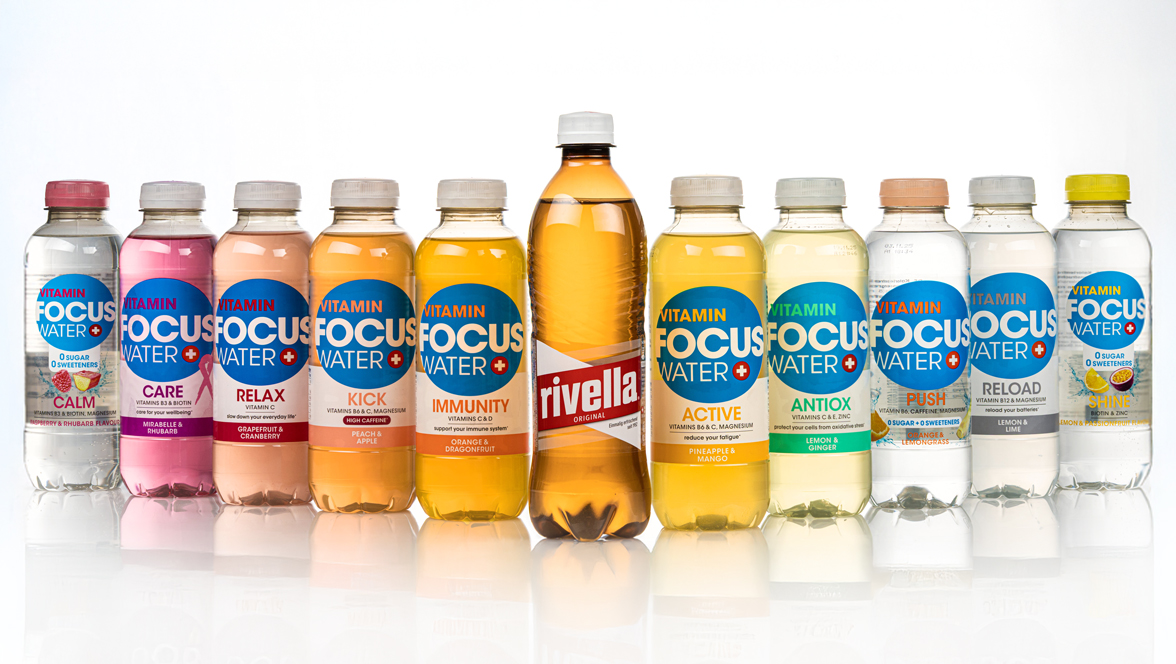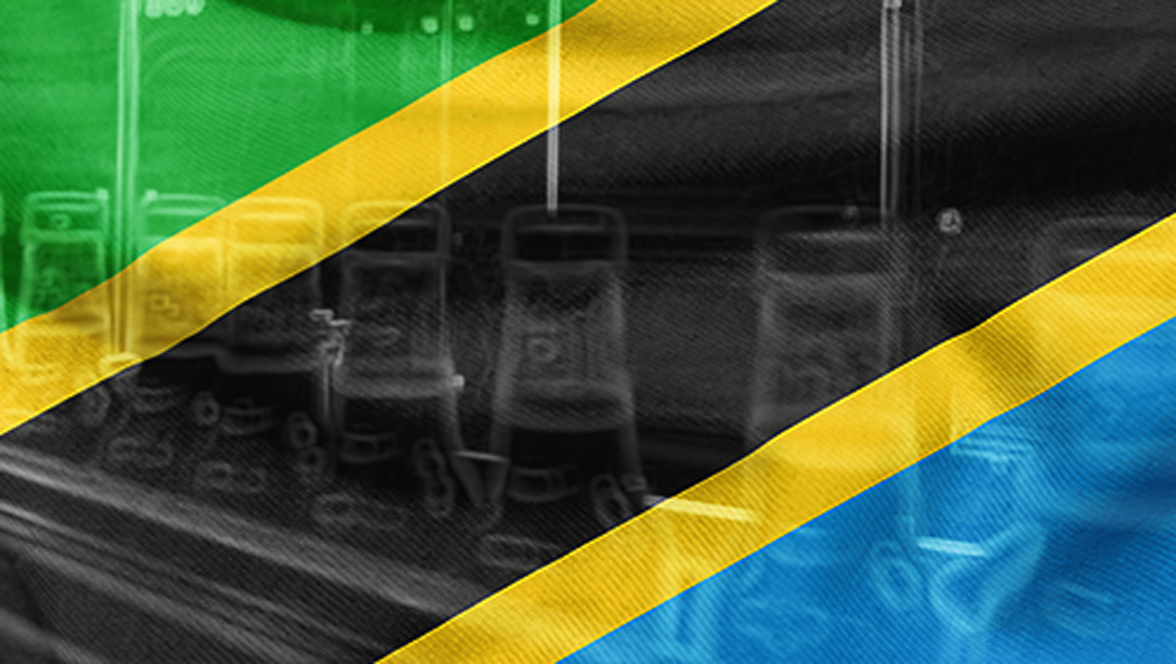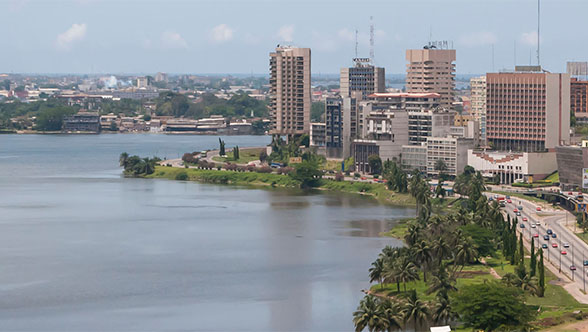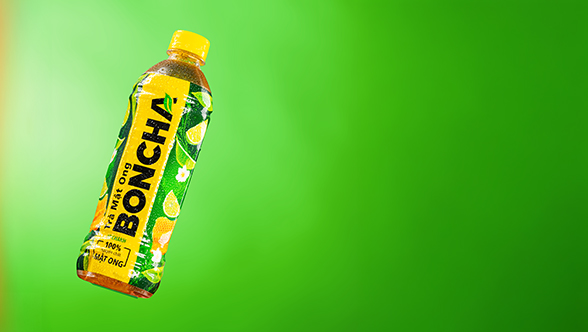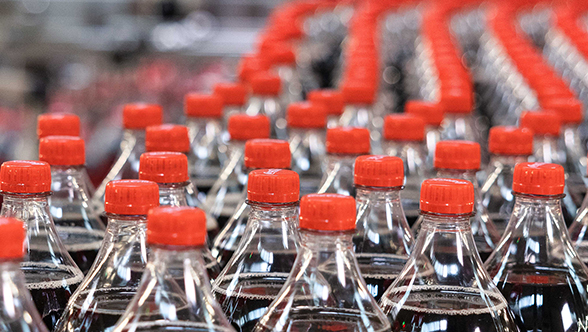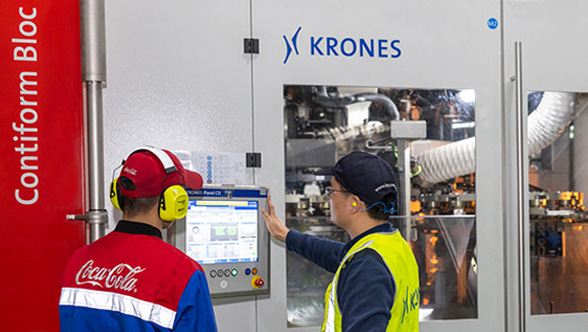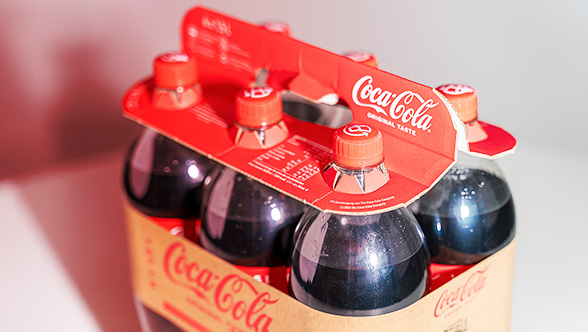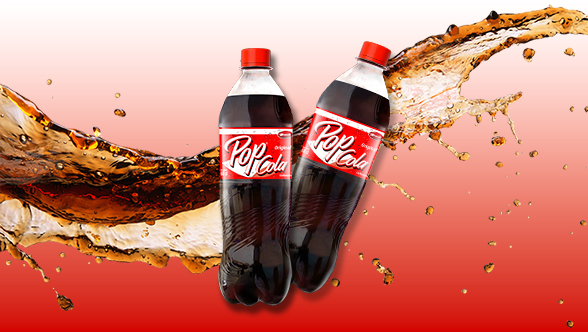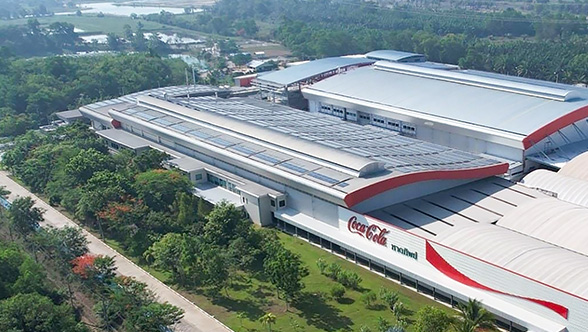Jeff Smith works in a beverage company that has specialised in the production of soft drinks. As Sustainability Manager, he has been tasked by the managing board with investigating how energy can be saved in production. Firstly, of course, he needs to think like an entrepreneur and optimise production costs. Secondly, the company is also aware of its responsibility for the environment – which is why it has set itself the goal of reviewing its production processes with a view to implementing cost-cutting measures.
One option is to save energy in continuous operation – and there are actually a number of possibilities here. But which one is efficient, too? In other words, where can a tangible result be achieved as quickly as possible and at minimum expense? That’s precisely the question with which Jeff Smith approached Krones, because for a good few years now the company has been using a PET line from Krones for bottling cola and lemonade beverages. And the filling process is also exactly where many companies can unlock plenty of potential savings.
The filling process in focus
Jonas Sittenauer, a member of the sales team for Lifecycle Service, explains why this is so: “In the commissioning process, our current CSD fillers are set to filling temperatures of about 20 degrees Celsius. For older models the figure was often about 16 degrees.” During operation, however, these figures no longer reflect the reality, he goes on: “When I talk to customers who have been operating their lines for a few years, it often turns out that they now only fill at twelve to 14 degrees – even though they are perfectly capable of more.” But why don’t they do so? “There may be a number of reasons for this, but the most frequent is that colder filling temperatures mean production is more stable, as the beverage foams less,” says Jonas Sittenauer. Good for performance, then, but with room for optimisation when it comes to cost savings and sustainability!

